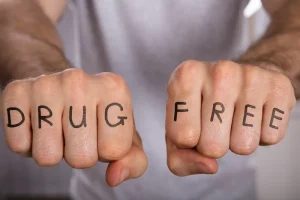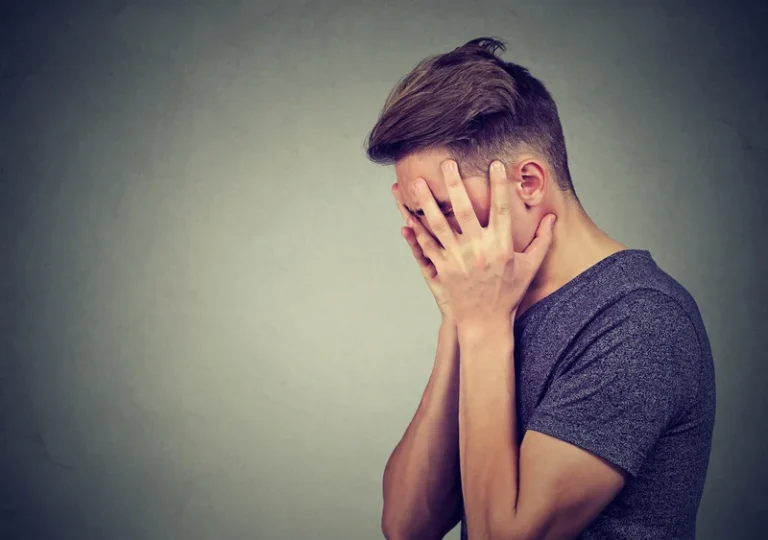Your cart is currently empty!
Psychedelic therapy: a roadmap for wider acceptance and utilization

Even before they receive the drug, they will find themselves in a comfortable setting conducive to an inner-directed experience. A soothing environment not only maximizes the efficacy of psychedelic agents but also conveys complete safety and minimizes anxiety. In such a setting, patients undergo several sessions of preparatory therapy to set expectations for the possibility of real benefit.
Ketamine and Esketamine

Studies exhibited a broad heterogeneity in terms of substance, mental disorder, treatment context, and qualitative methodology. Substances included psilocybin, lysergic acid diethylamide (LSD), ibogaine, ayahuasca, ketamine and 3,4-methylenedioxymethamphetamine (MDMA). Disorders included anxiety, depression, eating disorders, post-traumatic stress disorder, and substance use disorders. While the included compounds were heterogeneous in pharmacology and treatment contexts, patients reported largely comparable experiences across disorders, which included phenomenological analogous effects, perspectives on the intervention, therapeutic processes and treatment outcomes. Comparable therapeutic processes included insights, altered self-perception, increased connectedness, transcendental experiences, and an expanded emotional spectrum, which patients reported contributed to clinically and personally relevant responses.
First Federal Grant for Psychedelic Treatment Research in 50
However, in the 1970s they were categorized as schedule I controlled substances, which are said to have “no currently accepted medical use and a high potential for abuse”; this blocked mainstream research on these compounds for decades. In 2019, the Food and Drug Administration (FDA) named psilocybin-assisted therapy as a “breakthrough therapy.” This designation is designed to speed up the development and review of drugs that preliminary clinical trials have indicated treat serious conditions. The classical psychedelics, which include psilocybin, LSD, mescaline, and dimethyltryptamine (DMT), are defined by their agonism of the 5HT-2A serotonin receptor.
- In one study, patients describe how insights continued to evolve across and between psilocybin sessions [83].
- These are often referred to as “integration sessions” and can help you better understand and process your experience.
- Studies of MDMA show that along with perceptual changes, especially regarding the passage of time, the agent promotes feelings of well-being.
Eating disorders

Medical research into psychedelics reached its peak in the 1950s and 60s.1 However, this ended when psychedelic drugs were made illegal in the late 1960s and early 1970s. Recently, scientists have regained permission2 to research the effects of psychedelics are psychedelics addictive once again. Today, there are many ongoing clinical trials to determine how these substances might help in treating certain conditions. Insurance companies are starting to provide coverage for the use of psychedelic therapy treatments.
Find a therapist
Many respondents reflected upon the intervention’s effectiveness for the specific disorder they were struggling with [78, 80, 88, 90]. In the below quote, a patient with PTSD mentions several crucial elements that together enabled him to address his (war-related) trauma. “It was a feeling beyond an intellectual feeling—it was a feeling to the bottom of my core … that’s one reason that it’s hard to talk about … it’s beyond words.” [81] [psilocybin, end-of-life anxiety].

In depressive and anxiety disorders
This suggests mystical experiences may play a role in the mental health benefits of psychedelics. Some of the compounds that doctors most frequently use in this form of treatment include psilocybin mushrooms, LSD, and mescaline (peyote). The formal study of psychedelics to treat mental health conditions is relatively new, but emerging research suggests that these psychedelics may help some people with some symptoms, especially when other methods of treatment have failed. The possibility exists that drugs like psilocybin can meet a major unmet need in the treatment of psychiatric disorders. Regardless of who the ‘right’ patient population might be eventually, a key challenge now is to design the optimal trial to demonstrate efficacy, agree its validity with regulatory authorities and fund it. Our shared interest in the development of psychedelics, and particularly psilocybin, for medical use is a major point of convergence.
The Neuroscience of Psychedelic Drugs, Music and Nostalgia
- People who are seeking relief from conditions like anxiety and depression would undergo a psychedelic therapy session under a clinical facilitator while someone who is seeking to expand their mind would attend a session administered by a general facilitator.
- Psychedelics have shown great promise in treating mental-health conditions, but their use is severely limited by legal obstacles, which could be overcome.
- I have found that in the healing process, it is imperative not only to address the external influences that shaped our being, but also work on accessing the enormous resources of the inner wisdom of your nature.
- Specially trained psychotherapists serve as guides for interpreting their experience and helping them integrate the insights into their lives.
Perhaps the most notable point of divergence, however, relates to the choice of patient population for the clinical development of psilocybin for depression. In his view, psilocybin will be safest, most effective, and easiest to implement, prior to the treatment-resistant stage of illness. Psychedelic drugs (Psychedelic is a neologism that combines the words psychē (ψ υ χ ?, ‘soul’) and dēloun (δ η λ ? ? ν, ‘to make visible, to reveal’), to denote ‘mind-revealing’ in reference to the category of drugs in question.

Leave a Reply